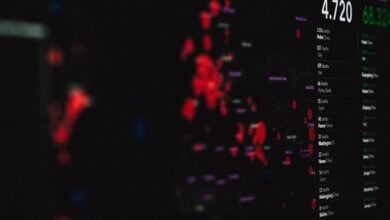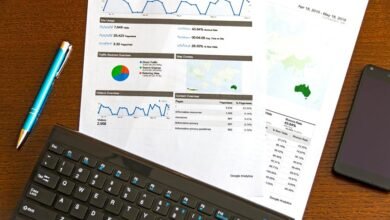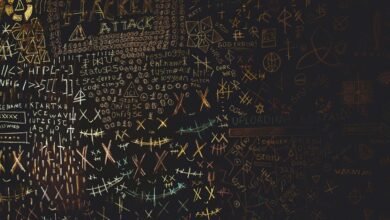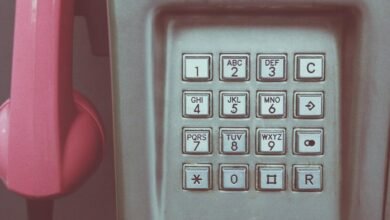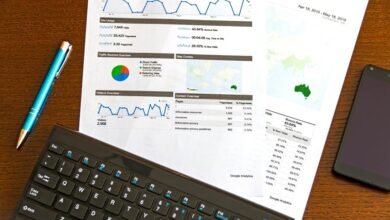Track Unknown Numbers Like 3093226458, 7024420220, 8336742050, 2568703795, 2032853090, 3093200054
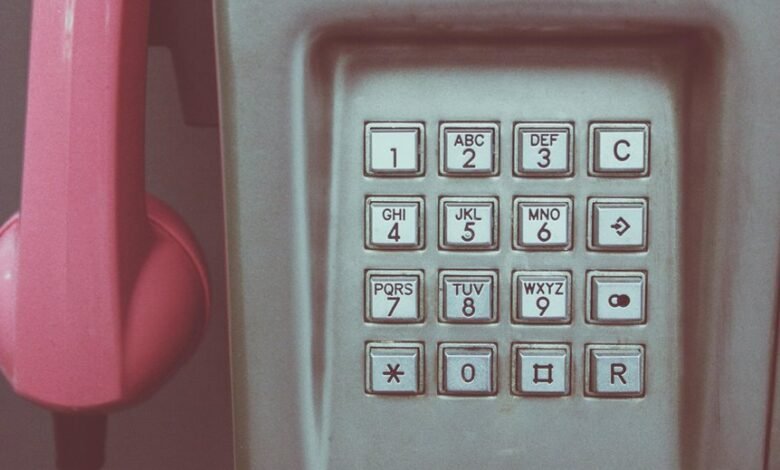
The prevalence of unknown numbers such as 3093226458 and 7024420220 poses a significant concern for individuals. These numbers often represent potential scams or unwanted solicitations. Understanding the risks associated with these calls is essential for maintaining personal security. Various tools and resources are available for identifying callers, yet many remain unaware of their effectiveness. Exploring these options can lead to informed decision-making about engaging with unfamiliar numbers. The implications of such knowledge may be broader than anticipated.
Understanding the Risks of Unknown Numbers
Why do individuals often hesitate to respond to unknown numbers? The uncertainty surrounding caller identity triggers concerns about potential risks.
Many prioritize call safety, fearing scams or malicious intent. This reluctance stems from the desire to protect personal information and maintain autonomy.
In an age where privacy is paramount, understanding the implications of unknown calls becomes essential for informed decision-making and personal security.
Tools and Resources for Identifying Callers
Numerous tools and resources are available to assist individuals in identifying unknown callers, enhancing their ability to make informed decisions about whether to engage with a call.
Caller identification apps and reverse phone lookup services are particularly effective, providing users with information about the caller’s identity, location, and potential risk.
These technologies empower individuals to navigate communication without compromising their personal security.
Steps to Take If You Receive a Suspicious Call
Upon receiving a suspicious call, it is crucial to remain composed and follow a systematic approach to evaluate the legitimacy of the communication.
First, utilize call blocking features to prevent further contact.
Next, document the details of the call for accuracy.
Finally, report scams to relevant authorities, enhancing awareness and contributing to broader efforts against fraudulent activities, thereby safeguarding personal freedom.
Conclusion
In a world where unknown numbers proliferate like weeds in a garden, proactive identification tools serve as essential gardening shears. Just as a gardener carefully removes unwanted plants to cultivate a thriving landscape, utilizing caller identification apps and reverse lookup services empowers individuals to protect their personal space from potential invasions. By remaining vigilant, one can maintain a secure environment, allowing only trusted communications to flourish amidst a sea of uncertainty.

